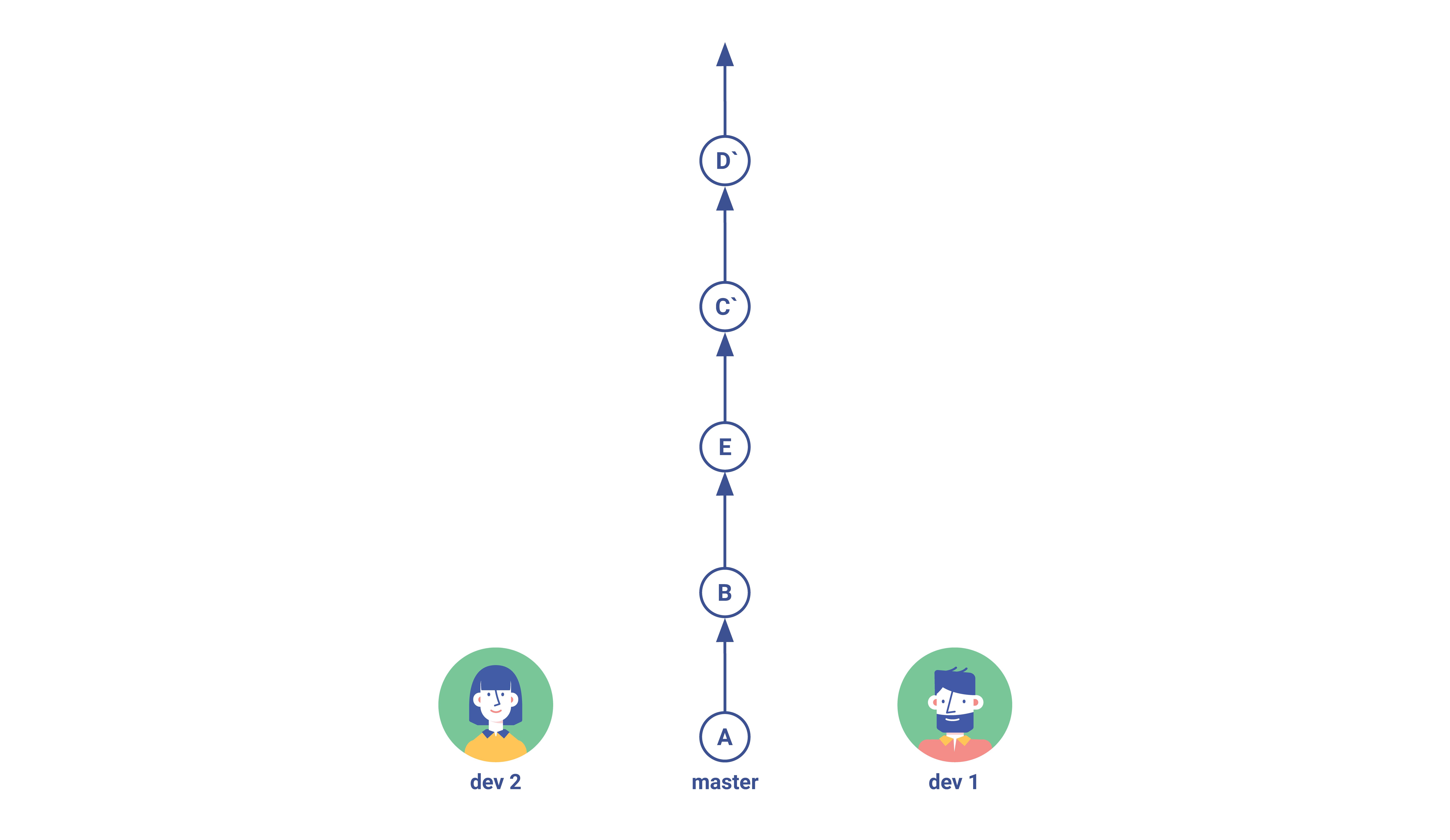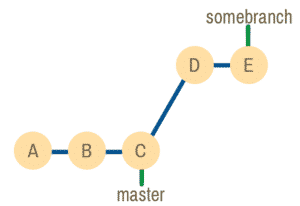
This option bypasses the pre-rebase hook. The diffstat is also controlled by the configuration option rebase.stat.ĭo not show a diffstat as part of the rebase process. Show a diffstat of what changed upstream since the last rebase. Strategy simply discards all patches from the, which makes little sense. This implies -merge.īecause git rebase replays each commit from the working branch on top of the branch using the given strategy, using the ours If there is no -s option git merge-recursive is used instead. Because of this, when a mergeĬonflict happens, the side reported as ours is the so-far rebased series, starting with, and theirs is the working branch. Note that a rebase merge works by replaying each commit from the working branch on top of the branch. When the recursive (default) merge strategy is used, this allows rebase to be aware of renames on the upstream side. Restart the rebasing process by skipping the current patch.

Restore the original branch and abort the rebase operation. Restart the rebasing process after having resolved a merge conflict. May be any valid commit, not just an existing branch name. If the -onto option is not specified, the starting point is. Starting point at which to create the new commits. Whether to show a diffstat of what changed upstream since the last rebase.


Git rebase -continue Alternatively, you can undo the git rebase with Locate the markers ( After resolving the conflict manually and updating the index with the desired resolution, you can continue the rebasing process with In case of conflict, git rebase will stop at the first problematic commit and leave conflict markers in the tree. Note that the argument to -onto and the parameter can Git rebase -onto topicA~5 topicA~3 topicA would result in the removal of commits F and G:Į-H'-I'-J' topicA This is useful if F and G were flawed in some way, or should not be part of topicA. If we have the following situation:Į-F-G-H-I-J topicA then the command Git rebase -onto master topicA topicB would result in:Ī-B-C-D master This is useful when topicB does not depend on topicA.Ī range of commits could also be removed with rebase. Git rebase -onto master next topic Another example of -onto option is to rebase part of a branch. O-o-o-o-o next We can get this using the following command: O-o-o topic We want to make topic forked from branch master for example, because the functionality on which topic depends was merged into the more For example, a feature developed in topic depends on some functionality which is For example, running 'git rebase master' on the following history (in which A' and A introduce the same set of changes, but have different committerĭ-E-A'-F master Here is how you would transplant a topic branch based on one branch to another, to pretend that you forked the topic branch from the latter branch, usingįirst let's assume your topic is based on branch next.
GIT REBASE UPSTREAM PATCH
If the upstream branch already contains a change you have made (e.g., because you mailed a patch which was applied upstream), then that commit will be git/rebase-apply working files, use the command git rebase -abort instead.Īssume the following history exists and the current branch is "topic":ĭ-E-F-G master From this point, the result of either of the following commands:ĭ-E-F-G master The latter form is just a short-hand of git checkout topic followed by git rebase master. Another option is to bypass the commit that caused the merge failure with git rebase -skip. You will have to resolve any such merge failure and run git It is possible that a merge failure will prevent this process from being completely automatic. are omitted (i.e., a patch already accepted upstream with a different commit Which introduce the same textual changes as a commit in HEAD. The commits that were previously saved into the temporary area are then reapplied to the current branch, one by one, in order. ORIG_HEAD is set to point at the tip of the branch before the reset. This has the exact same effect as git reset -hard The current branch is reset to, or if the -onto option was supplied. HEAD (or git log HEAD, if -root is specified). Otherwise it remains onĪll changes made by commits in the current branch but that are not in are saved to a temporary area. If is specified, git rebase will perform an automatic git checkout before doing anything else.


 0 kommentar(er)
0 kommentar(er)
